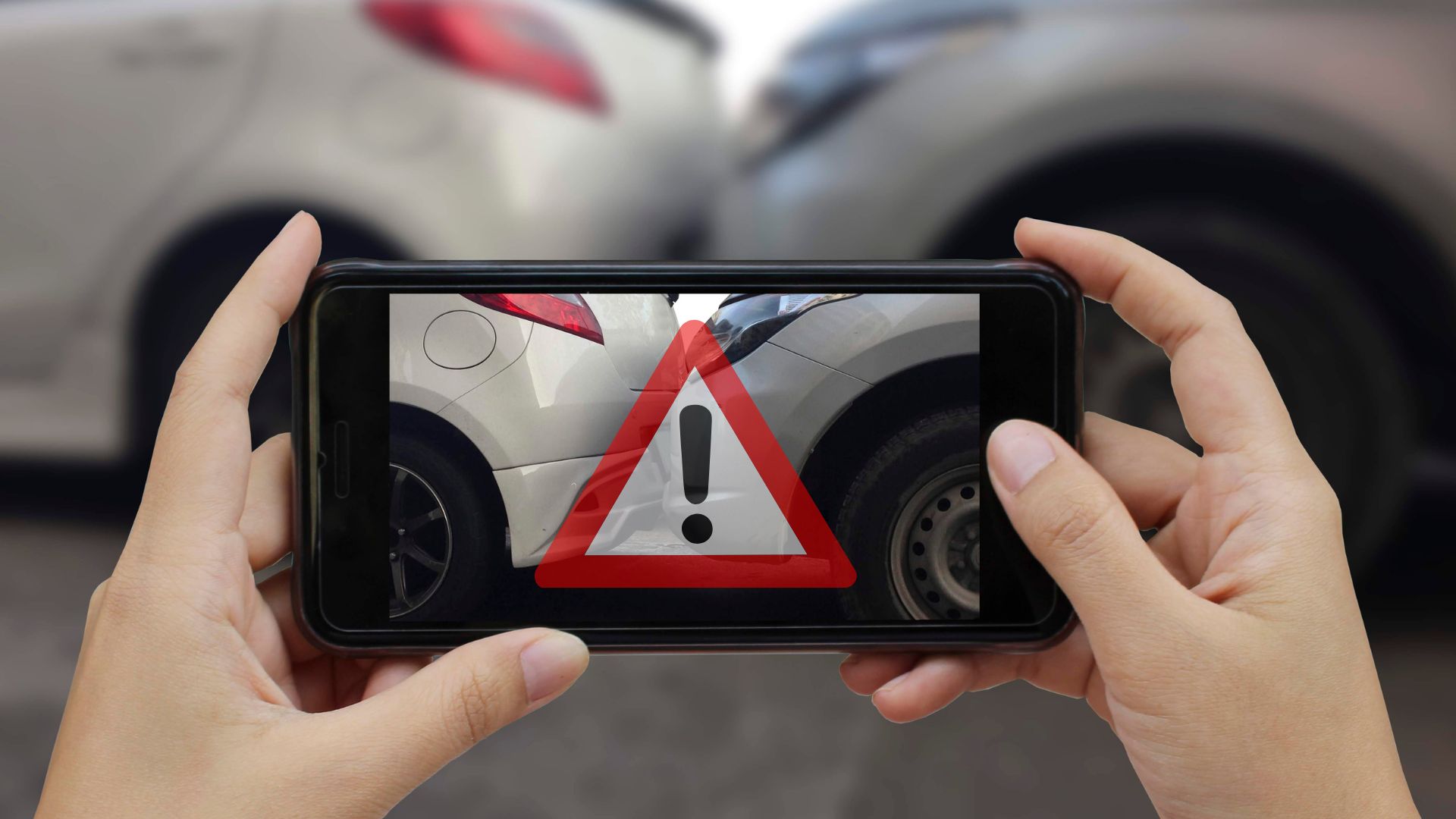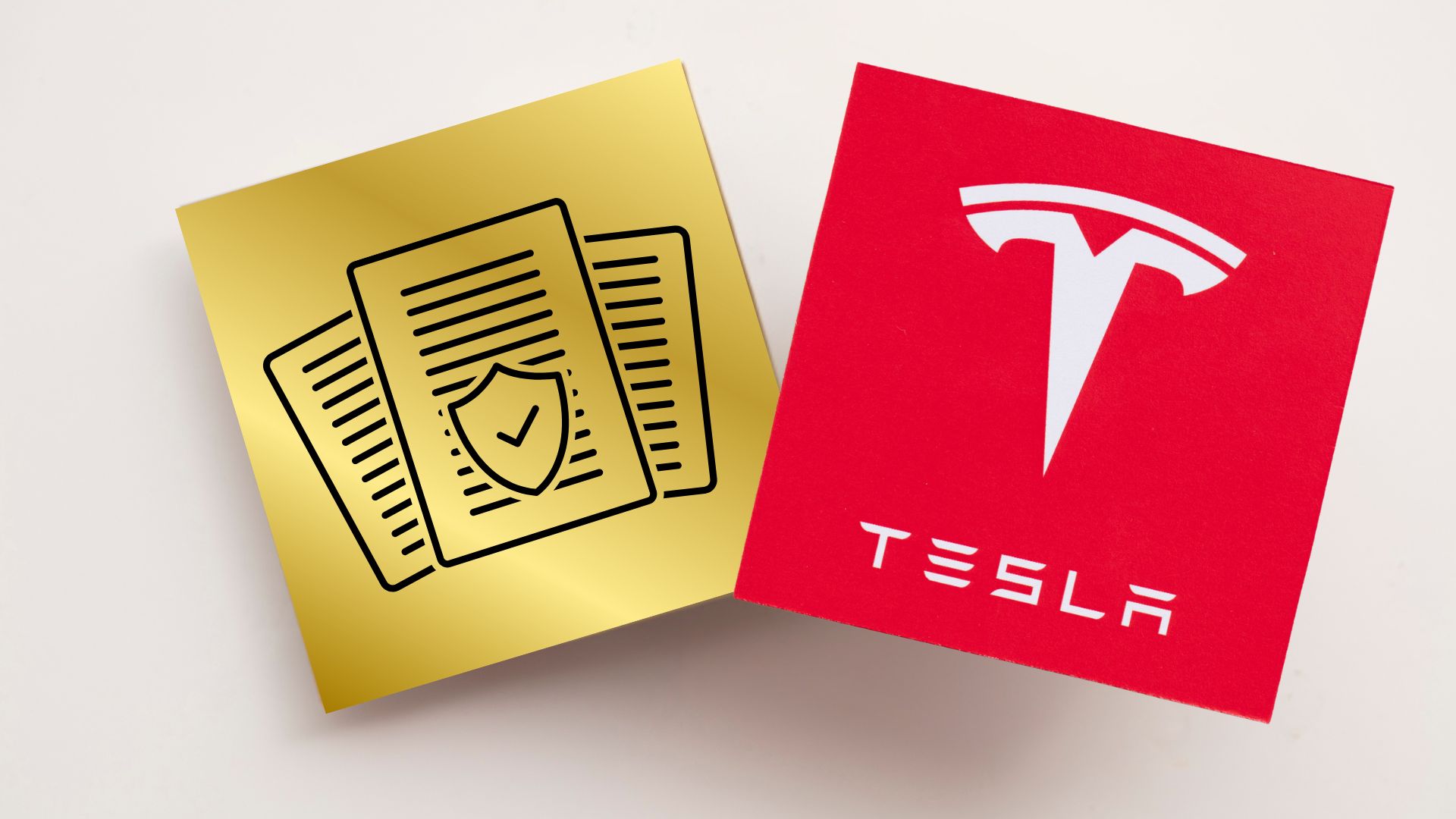Tesla’s Risky Move to Refine Risk Ratings
Tesla Insurance Services Inc. has once again landed in the spotlight—but this time, it’s about subtraction, not innovation. The electric vehicle (EV) giant recently announced it would no longer use forward-collision warnings as part of its proprietary Safety Score Beta program. This comes on the heels of ongoing lawsuits alleging some controversial practices inflated premiums for Tesla drivers. The move raises eyebrows, not just for what it says about Tesla’s insurance ambitions but also for the broader debate on telematics and consumer privacy. Buckle up—we’re breaking down what this means for you, Tesla enthusiasts, and the auto insurance industry at large.
Tesla’s Safety Score Update: A Striking Shift in Metrics
Since 2020, Tesla’s Safety Score Beta has been touted as a revolutionary approach to insurance, utilizing in-vehicle data to calculate premiums based on individual driver behavior. Features like hard braking, aggressive turns, late-night driving, and yes, forward-collision warnings were part of the formula. But forward-collision warnings, which serve as alerts for potential crashes, are now off the checklist. Tesla’s recent version 2.2 of the Safety Score Beta makes no mention of these warnings, focusing instead on other metrics like excessive speeding.
Why eliminate such a seemingly important metric? Critics argue that the system was flawed. Forward-collision warnings often penalized drivers for events beyond their control, like sudden stops caused by other drivers. By discarding this factor, Tesla aims to avoid future controversies while improving the accuracy of its scoring system. The change is also a nod to simplicity, potentially addressing complaints that the Safety Score algorithm was overly punitive.
But simplicity may come at a cost. Some analysts wonder if this tweak will weaken the credibility of Tesla’s entire telematics model. Without forward-collision warnings, can Tesla’s Safety Score remain as precise in attributing risk? The message seems clear for Tesla Insurance Services Inc.: innovate, yes, but proceed with caution.
Legal Challenges and the Risk of Overcharging
This course correction didn’t happen in a vacuum. Tesla’s decision follows mounting legal pressures, particularly a class-action lawsuit filed in California. At the heart of the case is a claim that Tesla’s insurance program overcharged policyholders by unfairly downgrading their Safety Scores based on erroneous forward-collision warnings. Plaintiffs argue this misleading metric led to inflated premiums, making Tesla’s insurance more costly than traditional providers despite its data-driven allure.
Tesla isn’t new to legal challenges, but this lawsuit hits closer to home. Insurance premiums, after all, are as much about public trust as they are about the numbers on paper. Critics allege that by leaning so heavily on flawed or inconsistent data, Tesla weaponized its technology to increase revenue at the expense of accuracy. On the other hand, defenders believe the company’s data-first approach is the way forward, even if the growing pains occasionally spill into courtrooms.
For consumers, the legal tussle has revealed cracks in the veneer of usage-based insurance programs. No one wants to feel like their premiums are determined by a glitchy algorithm. The spotlight now falls on Tesla’s ability to rebuild this trust while preserving its vision of personalized insurance.
Telematics and Privacy: A Double-Edged Sword
Tesla’s entire insurance model hinges on telematics—that is, the collection and analysis of real-time driving data. The promise? Safer drivers would pay less, incentivizing good behavior on the road. But where there’s data, there’s privacy risk.
When you agree to Tesla’s insurance program, you allow the company to log details about everything from sudden braking to your driving hours.
Tesla says this update is all about fine-tuning how safety is assessed, but others aren’t so convinced. Is it fair that drivers might be giving up some privacy in exchange for potentially lower premiums? It’s a tricky question without a clear answer.
Traditional insurers don’t rely on real-time tracking like Tesla does, which adds another layer of complexity. While telematics can paint a detailed picture of someone’s driving habits, constantly collecting data has raised red flags for privacy advocates. Misinterpreted or misused information could hurt individual drivers in unexpected ways and might even set risky precedents for the industry overall. Dropping forward-collision warnings might iron out some kinks, but the bigger questions about how data is handled are still very much in play.
What It Means for Tesla Drivers and Beyond
If you’re a Tesla owner, these tweaks might bring mixed feelings. Sure, cutting out forward-collision warnings could make the system feel fairer, especially for drivers who’ve been unfairly dinged in the past. But some folks argue that Tesla’s insurance hasn’t yet lived up to its promise of noticeable cost savings, and this update might not be enough to win over those on the fence.
For the broader insurance market, Tesla’s shake-up offers lessons in both innovation and its pitfalls. Other companies dipping their toes into telematics are likely watching closely, learning from Tesla’s missteps while fine-tuning their own approaches. And don’t forget the regulators—they’re keeping tabs too, as more insurers adopt similar tech-driven models to calculate risk.
Looking Ahead
Tesla’s decision to revamp its Safety Score Beta underscores the messy reality of innovation. Trying to shake up how car insurance works is bound to come with a few bumps along the way. By dropping forward-collision warnings, Tesla seems to recognize the flaws in its earlier system and is pivoting toward more reliable metrics.
The bigger picture? Telematics isn’t going anywhere, but figuring out the right balance between innovation, privacy, and fairness is going to take time. For Tesla, it’s a chance to rebuild trust and show drivers they can deliver what they promise. For everyone else on the road, it’s a moment to think about what trade-offs we’re willing to make in the name of tech-driven progress. Whether you see these changes as the way forward or just another bump in the road might depend on how much faith you have in the algorithms running the show.


